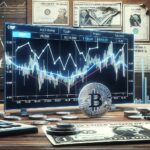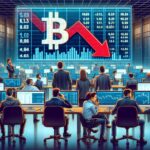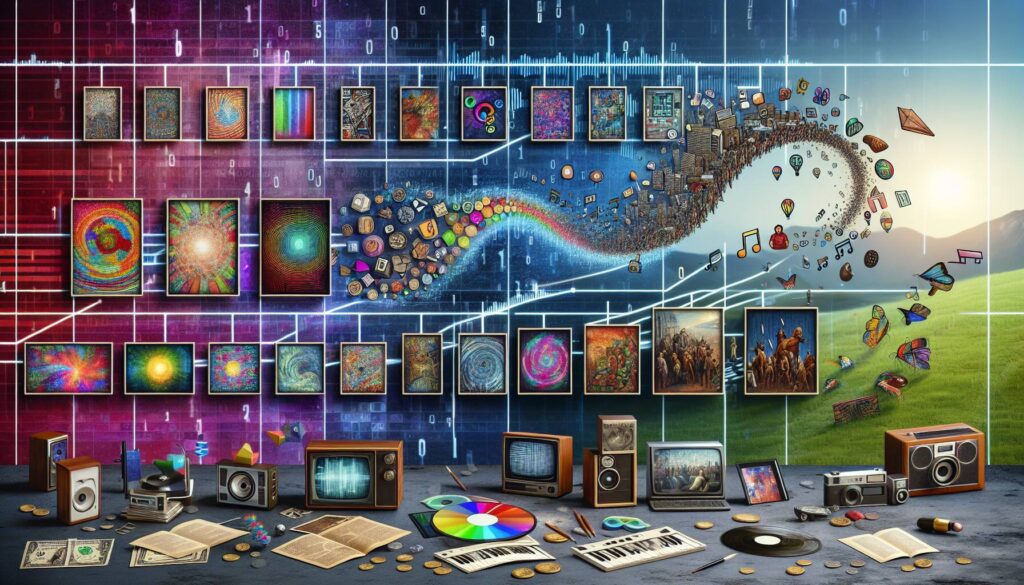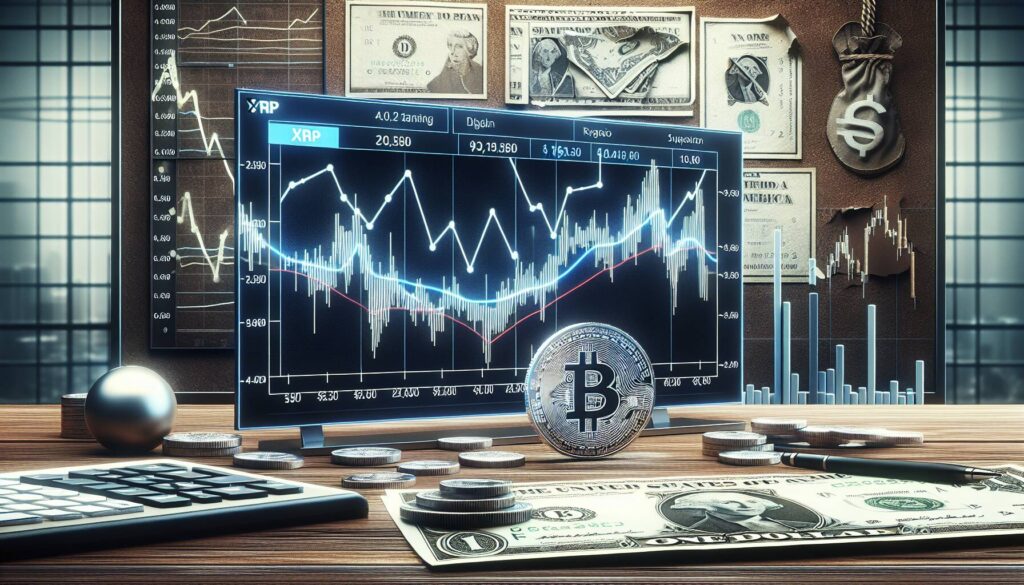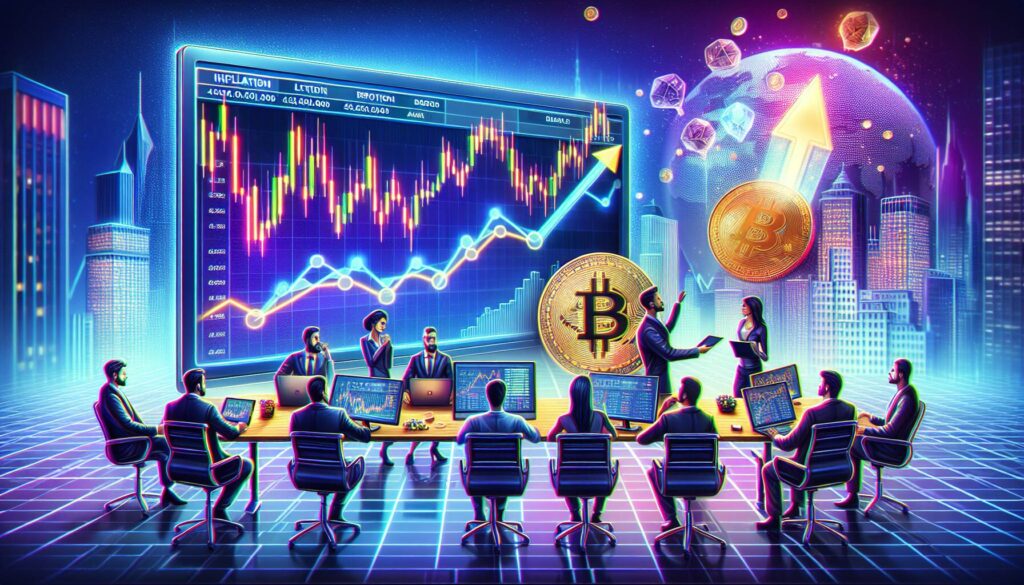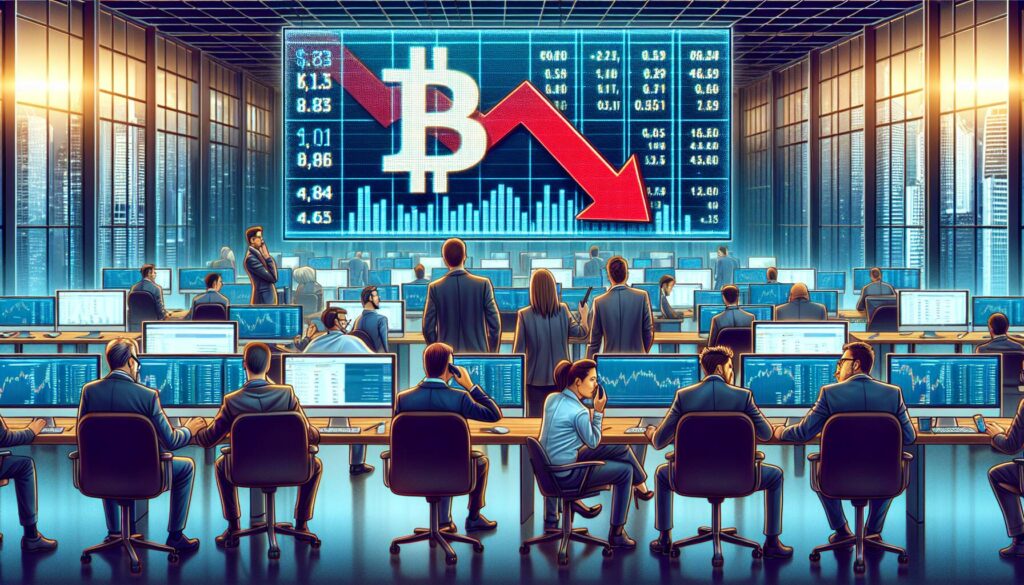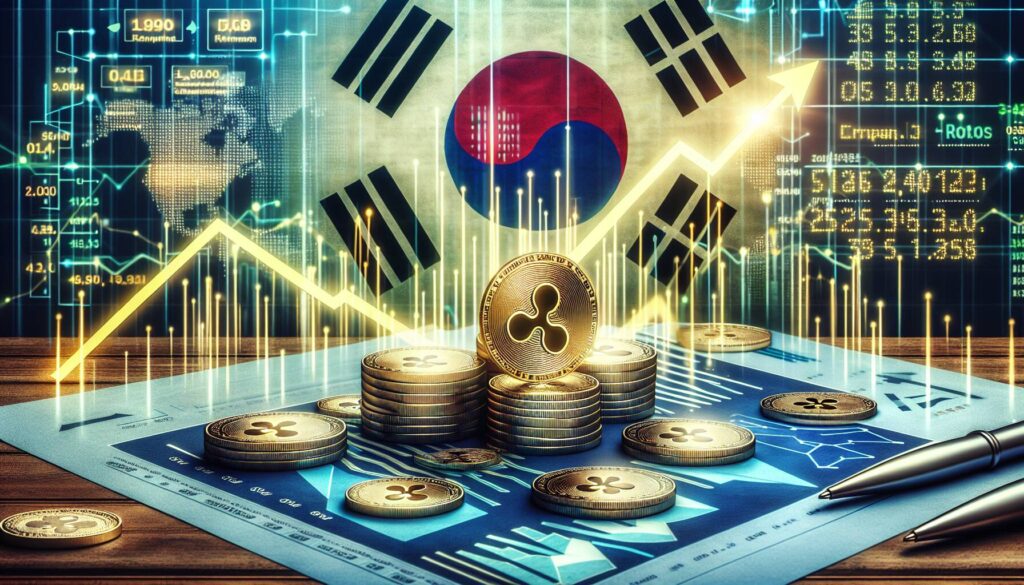The NFT landscape has been a fascinating rollercoaster ride, especially since its explosive popularity in 2021. The ethos among enthusiasts was woven around the idea that true appreciation for digital assets transcends monetary value, a stance echoed by many who said, “I’d love it even if it went to zero.” This approach mirrored a kind of punk rock ideology within the Web3 community, where financial loss was often viewed as a badge of honor among those truly immersed in digital culture. However, the euphoria of that era has dwindled significantly, leading to what many are calling a stark NFT bear market.
As activity plummets, with July 2025 witnessing only $156 million in NFT trading volume compared to a staggering $3 billion in August 2021, the question arises: Are the ultimate fans still dedicated to their favorite NFTs despite declining values? NFT collectors are prompted to reflect on what makes their investments meaningful beyond mere aesthetic appreciation. The sentiment echoes the thoughts of prominent media theorist Marshall McLuhan, who famously asserted that the medium itself carries the message, encouraging holders to reconsider the inherent value of ownership in a space defined by digital nuances.
“You don’t love the image more because of its content. You love it more because as an NFT, the image is something else.”
This leads us to the peculiar case of an NFT titled “Bert is Evil,” a digital artifact from the dawn of internet meme culture. Originally minted in November 2022, the NFT’s backstory reveals a deep cultural resonance that surpasses its current market worth, embodying a historical juncture in the evolution of online humor. Its creator, Dino Ignacio, struggled with the complexities of transitioning a Web1 meme into a Web3 context, illuminating the challenges many face when navigating this intricate digital ecosystem. The journey of this NFT serves as both a lesson and a testament to the cultural significance embedded within digital assets, raising profound questions about value, identity, and belonging in the ever-evolving world of Web3.

NFT Culture and Its Impacts
Key points related to the evolution of NFTs and their cultural significance:
- The Punk Rock Ethos: During the NFT boom, the sentiment “I’d love it even if it went to zero” reflected a countercultural stance prioritizing meaning and community over profit.
- The Diminished NFT Market: The NFT market has drastically declined, with trading volumes dropping by up to 93% since 2021, highlighting the volatility and risk in speculative markets.
- Personal Connection to NFTs: Holding onto an NFT despite its declining value prompts personal reflection on why it holds meaning beyond just financial investment.
- The Role of Medium: Inspired by Marshall McLuhan, the notion that NFTs transform our relationship with digital art from mere viewers to participants in ownership and identity.
- Historical Significance: The case study of ‘Bert is Evil’ illustrates how some NFTs can be viewed as cultural artifacts with intrinsic historical value, regardless of market worth.
- Web3 Community Dynamics: The NFT success requires cultural acceptance and involvement, where newcomers may struggle to establish credibility without a strong network presence.
- Validation of Value: The fluctuating perceptions of value in the NFT space rely on collective belief, community support, and external validation, impacting individual investment decisions.
These points may resonate with readers by highlighting the risks and philosophies within the digital art and NFT landscape, encouraging them to consider the deeper meanings of their own digital possessions and the broader implications of belonging to a community driven by shared cultural artifacts.
Analyzing the NFT Landscape: The Rise and Fall of Cultural Artifacts
The NFT market once thrived with exuberance, echoing an unconventional ethos that prioritized community over financial gain. As seen with the Bert is Evil NFT, the cultural significance of such artifacts can sometimes overshadow their market performance. This specific NFT, rooted in early internet history, boldly stands against the tide of the 2021 NFT mania. Its creator’s narrative speaks to the challenges faced by traditional artists entering the decentralized realm—balancing legacy while adapting to a new cultural language.
In comparison, projects embodying similar cultural depth, like CryptoPunks or Pudgy Penguins, demonstrate a robust community backing that drives value despite market dips. While the Bert is Evil NFT holds sentimental value for a niche audience, it lacks the broader appeal that propels other collections. This creates an interesting dichotomy: while NFTs like Bert offer a glimpse into historical significance, they may struggle to gain traction without the supporting narratives that more mainstream projects enjoy.
Collectors who find beauty in the nostalgia of digital artifacts could find value in Bert is Evil, cherishing its backstory and cultural importance. However, for mainstream investors expecting quick profits, this NFT might prove problematic as they grapple with the stark reality of depreciating value. In a landscape fraught with volatility, understanding the underlying motivation for purchase becomes crucial—does one seek mere speculation, or is there a desire to engage in a cultural dialogue through ownership? As traditional art merges with digital expressions, buyers must navigate these complexities or risk becoming disenchanted.
The tension between cultural appreciation and financial speculation continues to shape the conversation in the NFT space. Thus, while Bert is Evil signifies an artistic relationship to the past, it highlights the need for genuine community engagement to uphold value within the crypto ecosystem. For those entrenched without a genuine connection to the culture, the prospect of investing may only lead to disappointment or detachment from the movement entirely.

